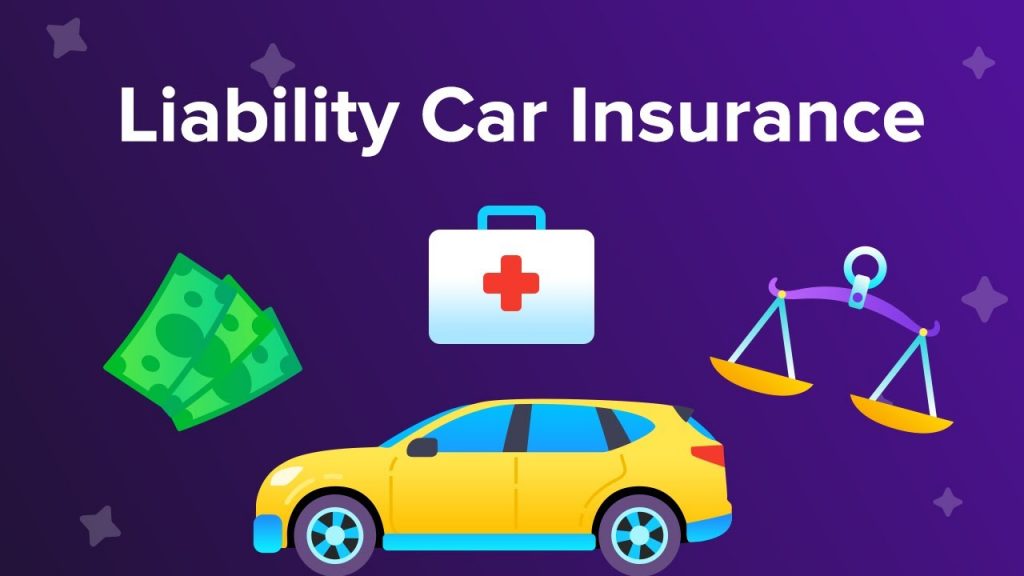Liability insurance is a part of auto insurance that provides coverage to other parties’ bodily injuries or damage to the property if you are at-fault in an accident.
The definition of liability coverage is easy enough to understand, but it can be further explained with a real-life example. For instance, you have stopped at a four-way stop on a red light signal. You thought it was your turn and didn’t notice it was the other side car’s turn. Suddenly you smashed the other car in the four-way intersection. Now your insurer will work with the other driver’s insurer to find who is at fault. If your car insurance policy includes liability coverage, your insurance company will pay for the other driver’s damage, less your deductibles. But to the extent your insurance policy allows.
What Does Liability Insurance Cover?
There are two types of vehicle coverage that liability insurance covers:
1. Bodily Injury or BI:
Suppose the other party has obtained physical injuries in the accident. The liability coverage pays for all the other driver’s medical expenses but only if you are at-fault in the accident. If the injured party files a lawsuit in some conditions, it may also cover the lost wages or legal fees.
2. Property Damage or PD:
Now, the next part of the liability coverage applies to the property damage in an accident in which you are at fault. Moreover, it includes the repairing or replacement expenses of the other driver’s car, along with the damage to the other properties in the accident, such as phone booths, fences, or structure type.
The limit of the minimum liability coverage depends on the state you live in. Also, it varies from state to state. Remember, liability coverage only covers the injuries and damage of the other party; it doesn’t include the cost of your damage or injury.
Furthermore, for the coverage of your car damage and injury, you must have comprehensive or collision insurance.
There are three coverage limits in a car insurance policy:
1. Property Damage Limit:
The fixed amount your insurer would pay to the other party if you cause an accident. The amount cannot exceed the limit you set.
2. Bodily Injury Limit:
In this case, you fix an amount your insurer would pay to the driver if the accident is your fault. The payout amount is fixed for each individual in an accident.
3. Bodily Injury Limit per Accident:
This part contains a fixed amount your insurer will pay for the other party’s medical expenditures to all the people included in an accident if it is your fault. Also, it is crucial to set a fixed amount per accident you would pay to cover multiple people’s medical bills in an accident.
Why Do I Need Liability Insurance?
Every state requires you to have a specific liability insurance rate in your insurance policy, known as “minimum coverage.” The type of liability coverage and the minimum amount vary from state to state. Still, the bodily injury (BI) and property damage (PD) parts are mandatory in every state liability coverage. Few states also require you to have uninsured/underinsured motorist protection or personal injury protection (PI). You can increase the limit of your minimum coverage required by your state according to your needs and what you want to include in your insurance policy.
Liability coverage serves as the base for car insurance. Also, you cannot buy other optional coverage such as collision or comprehensive coverage covering personal injuries (PI) or medical costs until you have liability insurance required by your state.
Moreover, if you haven’t got liability insurance yet, it will be a smart decision to purchase one as soon as possible according to your state’s minimum coverage requirements.


